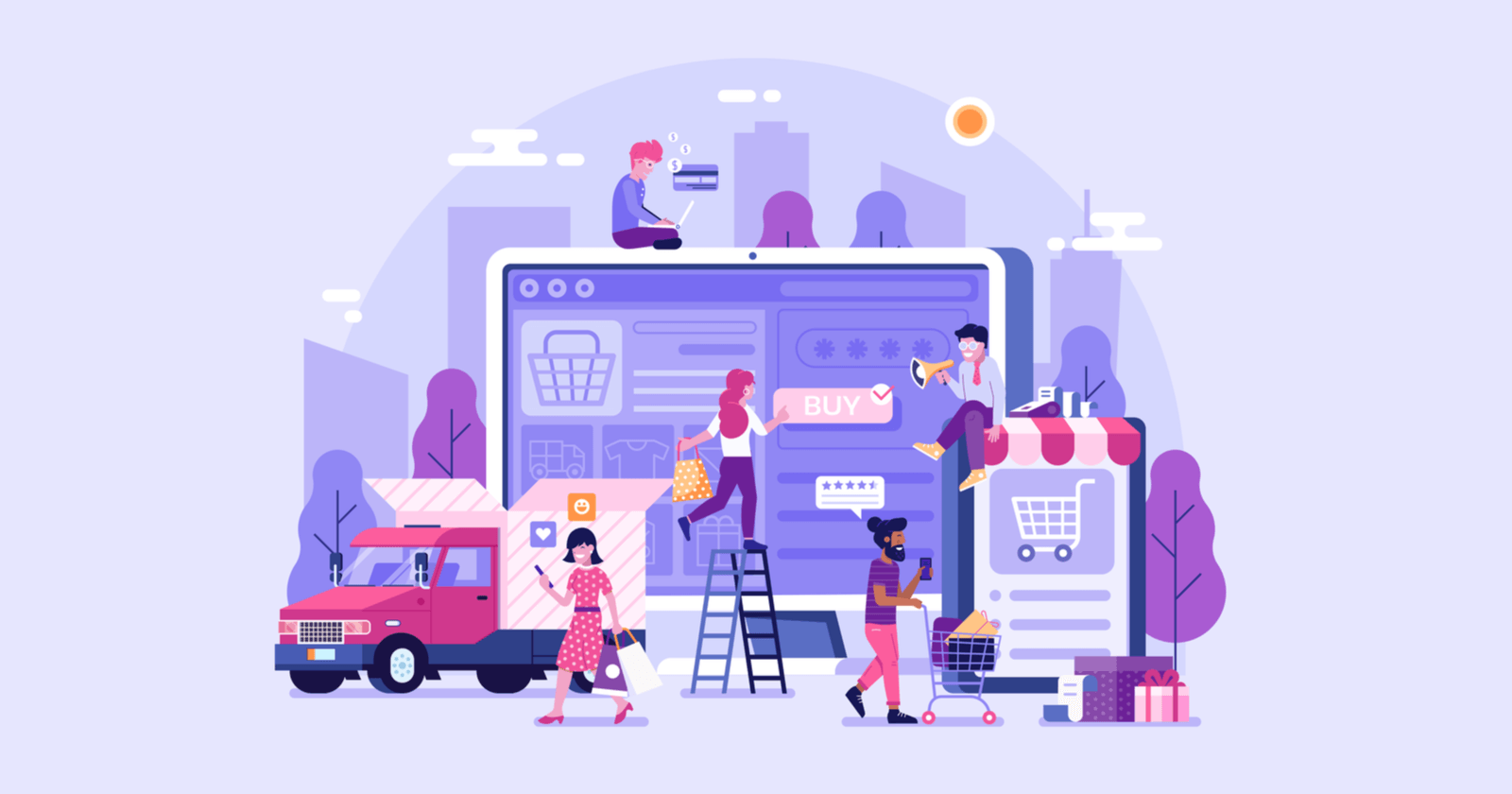What is e-Commerce?
E-Commerce is a short name of Electronic Commerce can define as buying and selling of goods via the internet on any device. The most popular example of an e-Commerce website is online shopping. However, e-Commerce also includes other types of activities, such as online auctions, payment gateways, online ticketing, and internet banking.
Most businesses used e-Commerce platforms to conduct both online marketing and sales activities to oversee logistics and fulfillment.
Major E-Commerce Business Models
In general, e-Commerce website can differentiate into four business categories based on the type of participation involved in the transaction. the business categories we speak of are:
1. B2B
B2B is when a company is providing products or services to other company businesses. This type of business category is only happening between two business entities. Most often, B2B sales focus on raw materials and products that are repackaged or combined before being sold to consumers.
2. B2C
B2c is the most commonly thought of business category where merchants sell to consumers who buy a small amount of produce. A familiar example of the B2C model would be consumers buy clothes through online shops.
3. C2B
C2B is the consumer that sells goods or services to businesses and is roughly equivalent to be the sole owner of a larger business. This could be an example of a company paid to a graphic designer freelancer to create a company logo.
4. C2C
C2C is the consumers who previously bought something seek to resell this item to another consumer. Through marketplaces like eBay, Carousell, and Mudah.my, this can be easy and quite profitable for selling items that you no longer have use for.

If you interest in making an e-commerce website, just email me to [email protected] and I’ll get back to you to discuss. You also can look and play around with our e-commerce demo.
Advantages of e-Commerce Website
E-Commerce website may offer many advantages to its users. So here some of the advantages:
1. Very Convenience for Customer
E-Commerce becomes one of the preferred ways of shopping because of the convenient way to shopping online without going anywhere. Customers are allowed to buy products or services anytime and anywhere, 24/7. The best thins is consumers can save a lot of time as well as money by searching their products easily and making purchasing online.
2. Can easily gain a new customer
An e-Commerce store isn’t tied to a single geographic location because it’s open and available to all customers who visit it online. A company can reach new customers all over the globe much easier. With the benefits of social media advertising, massive relevant audiences can be connected.
3. Lower operational costs
E-Commerce retailers can launch stores with minimal operating costs without a need for a physical storefront. As sales increase, brands can easily scale up their operations without having to make major property investments or having o hire large workforces. This means higher margins overall.
4. Stay open 24/7/365
E-Commerce retailers can run their store 24/7 as hey can run e-commerce websites all the time. In this way, they can increase their sales by boosting the number of orders. However, it is also beneficial for customers as they can purchase products whenever they want no matter whether it is early morning or midnight.
Disadvantages of e-Commerce Website
Even though e-Commerce website can give a lot of advantages, but it still has some flaws. So here the disadvantages of e-Commerce:
1. Limited interaction with the customer
Without being face-to-face, it can be harder to understand the wants, needs, and concerns of your e-Commerce customers.
There are still ways to gather this data (survey data, customer support interactions, etc.), but it does take a bit more work than talking with shoppers in person on a day-to-day basis.
2. Site Crash during Shopping
If your e-Commerce website is slow, broken, or unavailable to customers, it means you can’t make any sales. Site crashes and technology failures can damage relationships with customers and negatively impact your bottom line.
3. Customers cannot try before buy
For shoppers who want to get hands-on with a product (especially in the realm of physical goods like clothing, shoes, and beauty products) the e-Commerce experience can be limiting.










0 Comments